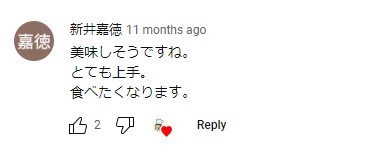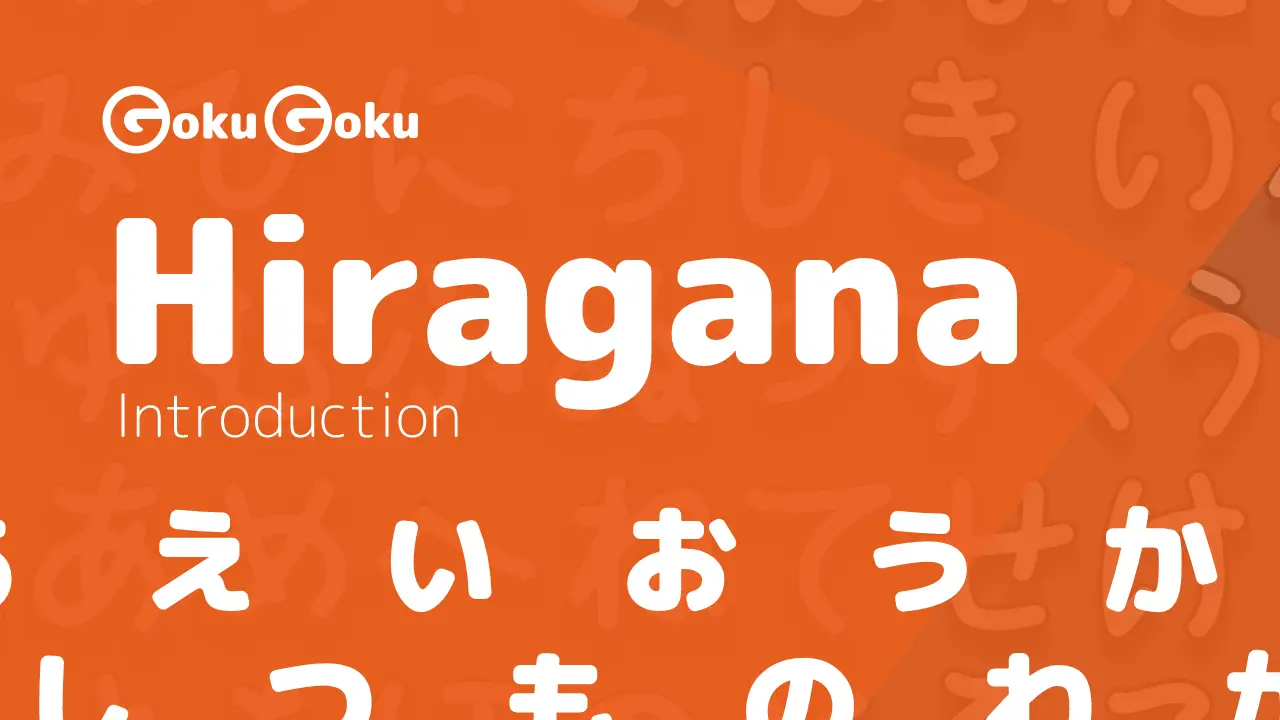The auxiliary verb そう (sou) means seems, looks like, appears.
そう is used to say that something looks or seems a certain way. そう is also used in many expressions to indicate something that we heard, where its meaning remains seems, appears:
In this post we learn more about the meaning of そう, how it is formed, and when そう is used through real example sentences.
How そう is formed
そう as an auxiliary verb applies to the conjunctive form 連用形 of the verb or adjective to which it is applied. This conjugation is then followed by the copula だ to express seems to be...:
そう cannot be used with nouns.
Let's see some examples of conjugation step by step:
- Verb: 走る
to runbecomes 走りそうだ
- Adjective in い: 難しい
difficultbecomes 難しそうだ
- Adjective in な: 簡単
easybecomes 簡単そうだ
今日の宿題は簡単そうだ。
Today's homework seems easy.
そう in the negative with ない
To form negative verbs and adjectives with そう the conjugation is more complex.
For adjectives ending in い and な, you need to conjugate the adjective in the negative with ない and then convert ない into a noun using the suffix さ, so as to form the expression なさそう.
It is also possible to use じゃない or ではない to form the negative:
For verbs, you have to pay attention to the meaning you want to convey with そう. In fact, there are two possible conjugations.
Negative verb + そう
The first possible form consists in conjugating the verb in the negative with ない (which is used as an auxiliary verb, not as an adjective), and then conjugating ない with そう:
Let's see an example with the verb to return 帰る:
彼はもう家に帰らなそうだ。
Looks like he won't come home.
Adjective ない becomes a noun + そう
Another possible conjugation consists in transforming the adjective ない applied to the verb into a noun using the suffix さ.
Let's see an example with the same verb seen previously to return 帰る:
雨は降らなさそうだ。
It looks like it is the fact that it won't rain.
In the example the translation is literal:
- 降らなさ: the verb 降る
to fallis conjugated to the negativenot to falland then converted into a noun with さthe fact of not falling - そうだ then adds the meaning of
it looks like it is...
How and when to use そう
そう expresses a subjective assumption on the part of the speaker, meaning that something seems to be a certain way based on what it appears to be, often visually or intuitively.
そう cannot be used when a fact is definitely true or proven for certain.
難しそうな本だ。
It's a book that seems difficult.
We note from the example that seems is based on a visual guess of the book 本.
The use of そう makes us understand that what has been said is not based on any certain or verified information, but more on what one thinks subjectively and intuitively.
建物は静かそうです。
The building seems quiet.
Comment on a cooking video:

美味しそうですね。とても上手。食べたくなります。
Looks delicious! Very good. It makes me want to eat it.
The noun 上手 means skill, ability and is used as an Adjective in な 上手な and Adjective in い 上手 い with the meaning of skillful, good at.
Examples of そう
そうですか。
Is that so?
まだ使えそうだ。
It looks like you can still use it.
そうですよね。
That is it, right?
Similar grammar points in Japanese 📚
~ていく
~ていく (teiku) Meaning Japanese Grammar - Keep Doing
てよかった
てよかった (te yokatta) Meaning Japanese Grammar - I'm Glad That...
それでもいい
それでもいい (soredemoii) Meaning Japanese Grammar - It's Fine
それでも
それでも (sore demo) Meaning Japanese Grammar - Still
させられる・せられる
させられる・せられる (saserareru serareru) Meaning Japanese Grammar - To Be Made To Do Something
ないで
ないで (naide) Meaning Japanese Grammar - Without Doing

